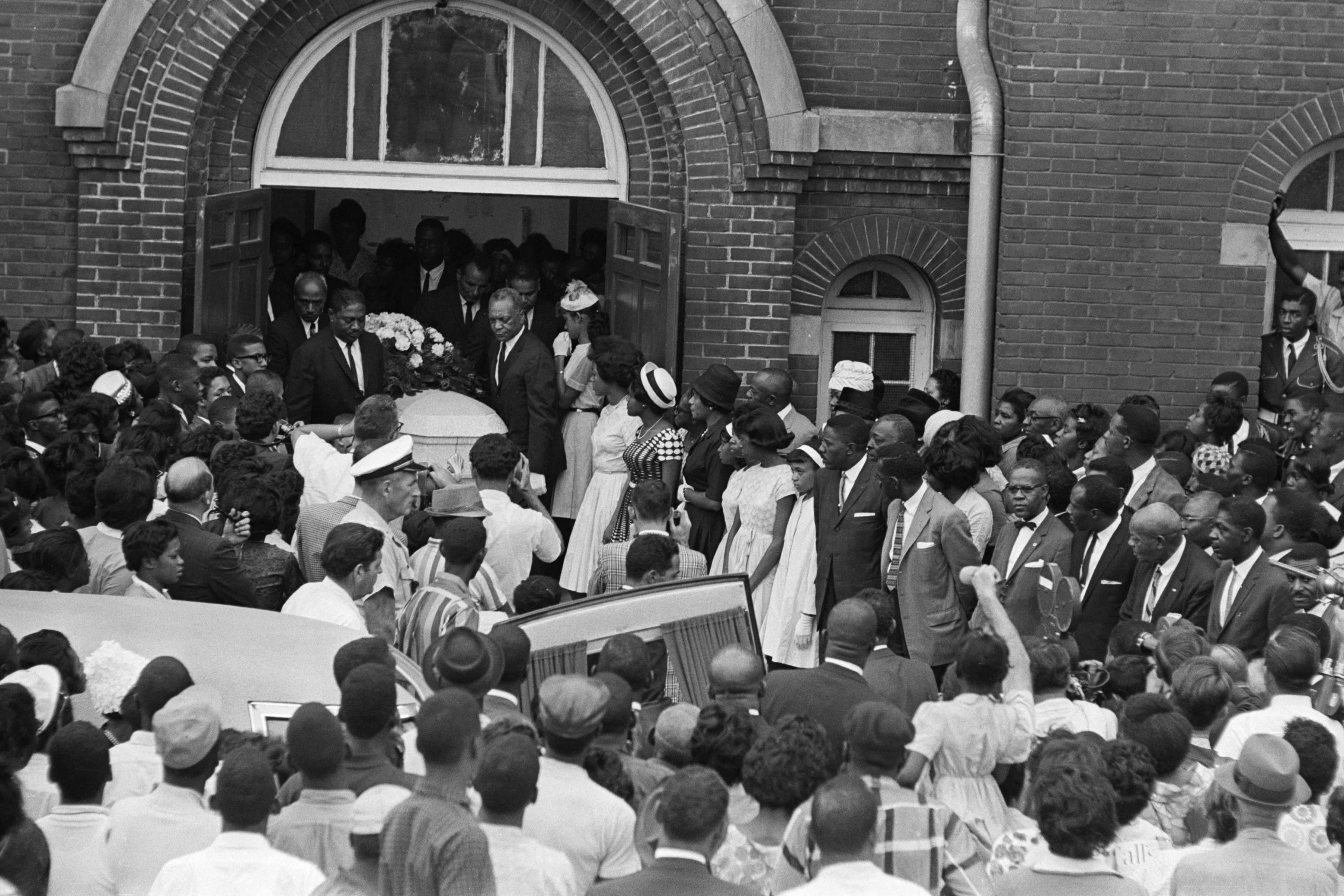I recently found myself lost in a rabbit hole of crime one day on the internet, and happened upon the FBI's website. What I found there was a trove of the FBI's (somewhat) detailed accounts of hundreds of their cases. Specifically, they have a section titled "Famous Cases & Criminals," that was eye-opening to say the least.
So I'm about to give you a rundown (based on the information given on their website) of the 6 (ish) times where they caught the criminal, and the 6 where they...did their best:
Content warning: Some of these cases contain disturbing descriptions of violent crimes.
1. The Kidnapping of Frank Sinatra Jr.: At 19 years old, Frank Sinatra Jr. was a new musician on the scene, traveling from city to city to perform. Unbeknownst to Frank Sinatra Jr., he was being trailed by two 23-year-old men, Barry Keenan and Joe Amsler, who were old high school buddies. They decided to team up and kidnap the son of one of the most famous musicians on the planet in order to "hopefully" collect a large ransom from his father for his return.
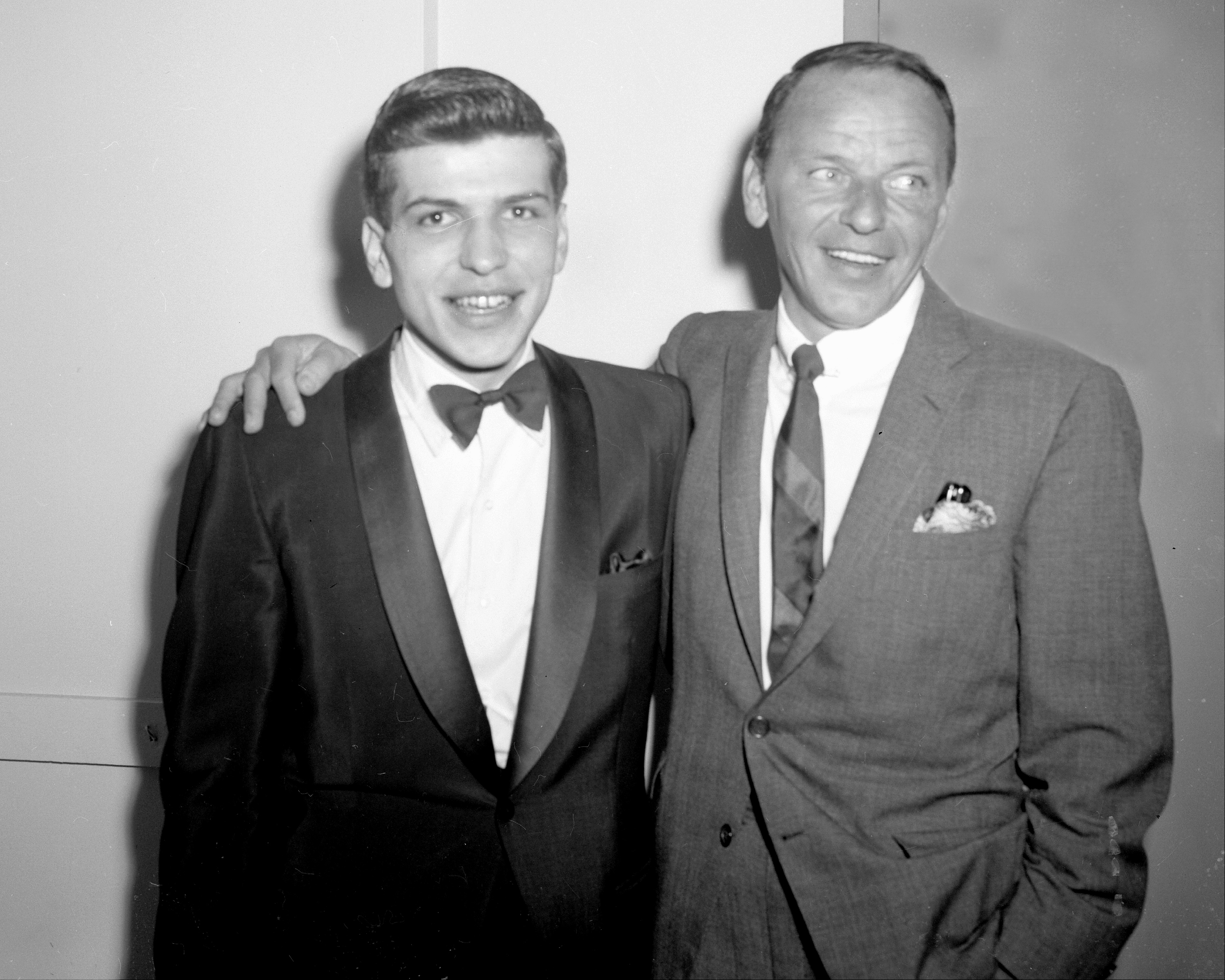
Once the friend quickly freed himself, he immediately contacted the authorities, and roadblocks were set up to catch the kidnappers. Wildly enough, Amsler and Keenan were stopped by police but "bluffed their way through" the stop. They made their way to their suburban Los Angeles hideout with Sinatra Jr., and by 9:40 p.m. (yes, just 40 minutes later), the FBI in Reno had hopped on the case.
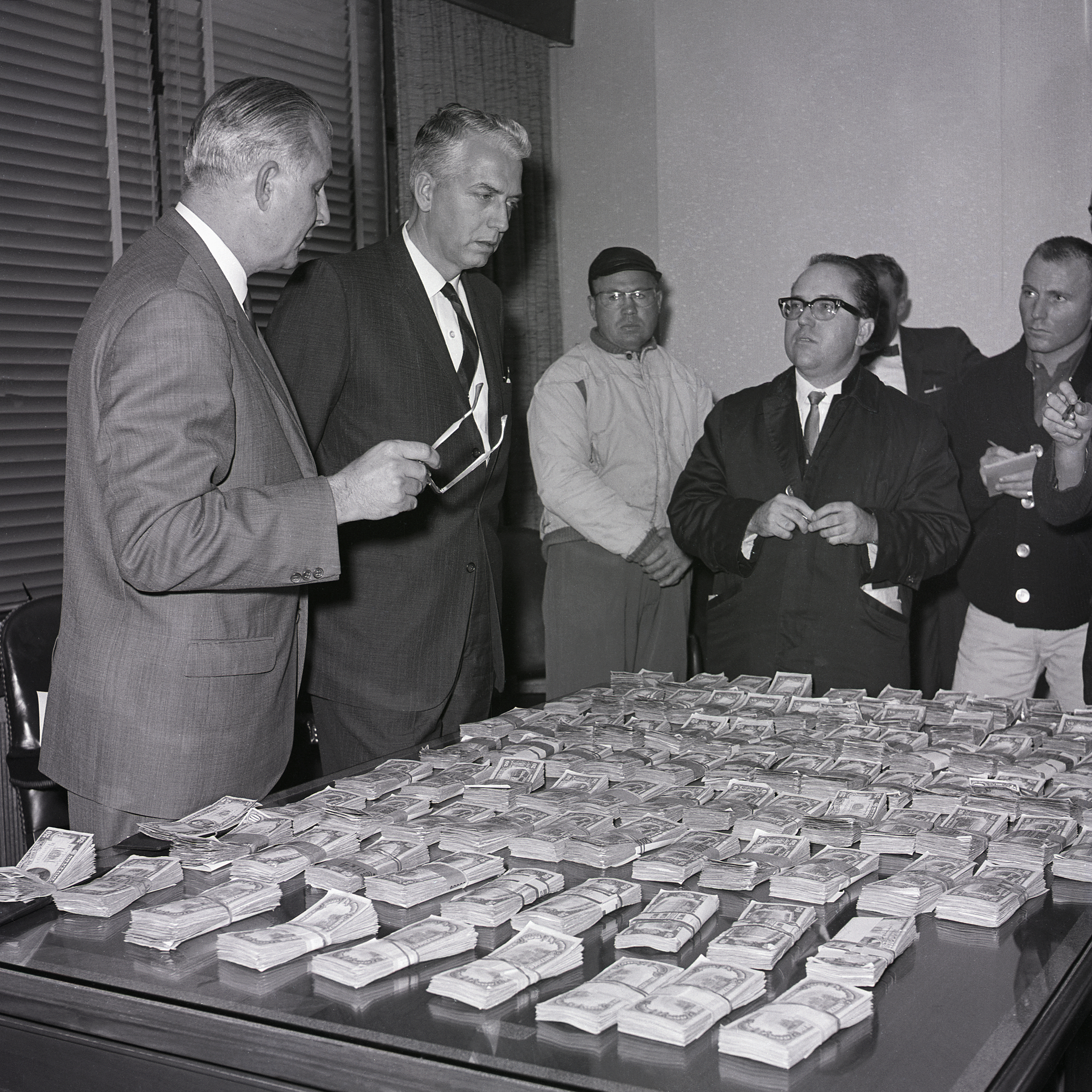
After becoming increasingly nervous, the third conspirator, John Irwin, ended up freeing Sinatra Jr., while the two kidnappers went to go pick up the ransom money. Frank Sinatra Jr. walked a few miles before hitting Bel Air and alerting a security guard to who he was and what had happened.
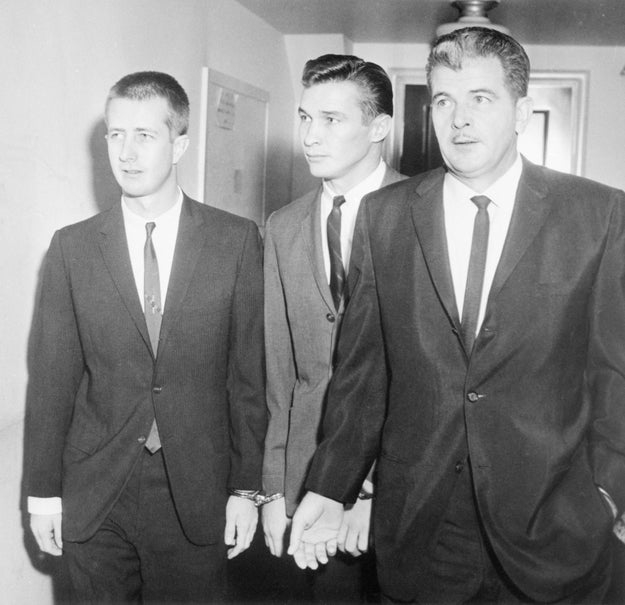
2. The Alcatraz Escape: The former maximum security prison, Alcatraz, was known to be the home of criminals like Al Capone, George "Machine Gun" Kelly, and plenty of attempted escapees. It was refortified into the world's most secure prison in 1934 due to the war on crime, and escape "seemed nearly impossible."
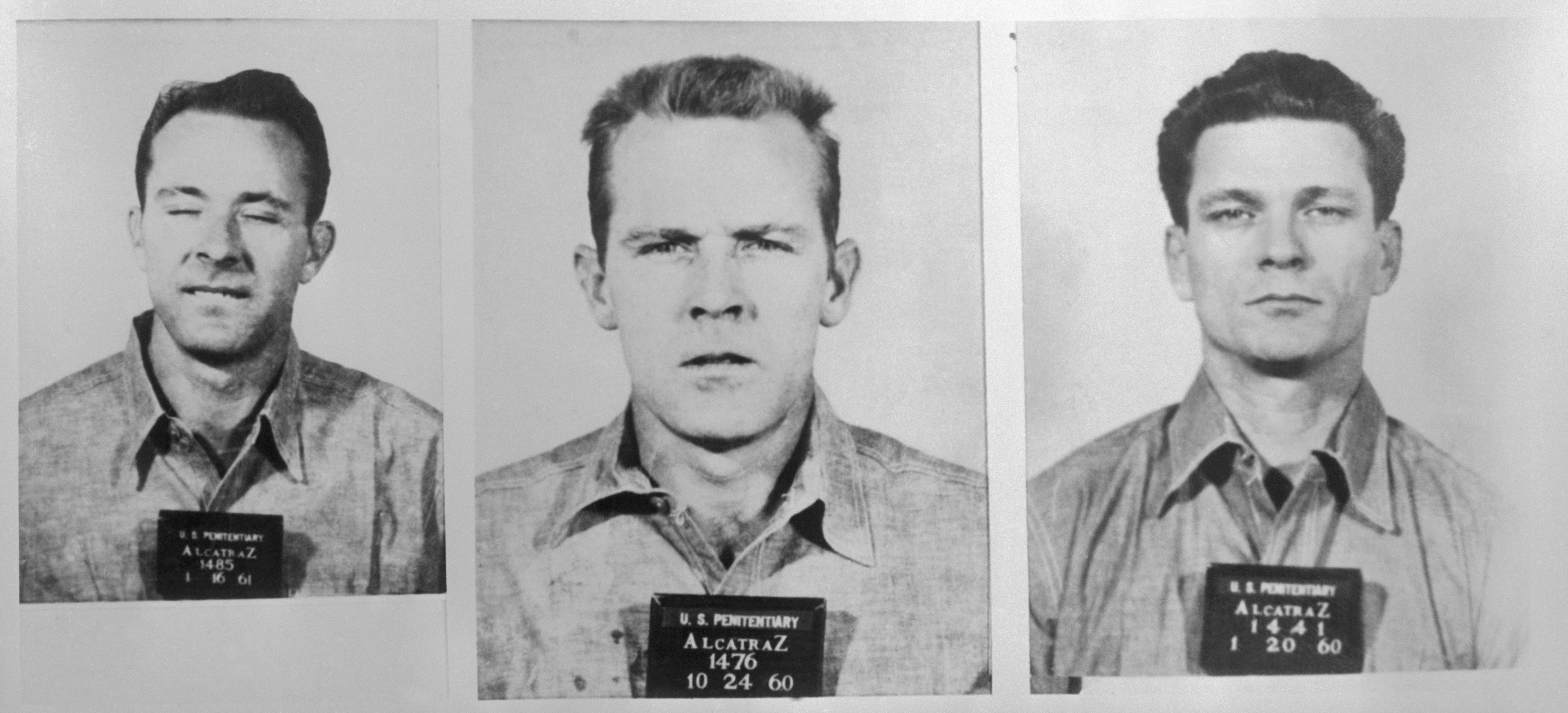
On June 12th, 1962, during the early morning bed checks, Clarence, John, and Frank were nowhere to be found. Instead, in their beds were three cleverly made dummies that were created with plaster, flesh-tone paint, and real human hair to fool the night guards. Of course, the whole place went into lockdown, and a massive search ensued.
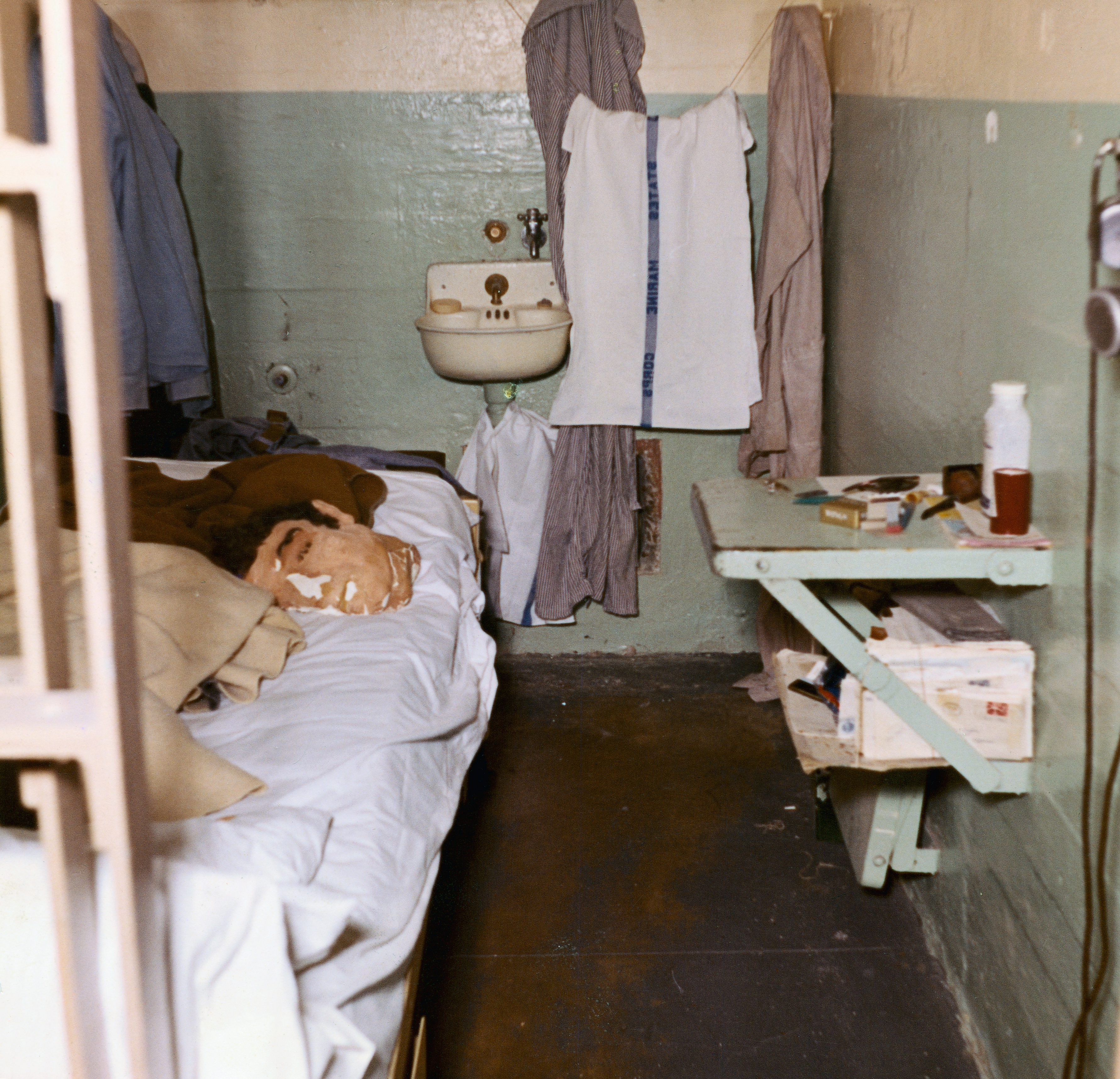
The FBI claims the preparation plan was as follows: The group had been planning this since December. Using tools like a homemade drill with a motor made out of a broken vacuum cleaner, the three loosened the air vents in the back of their cells by drilling small holes into the wall to effectively remove them. Behind the wall was an unguarded utility corridor. They went down the corridor and made their way to the roof, where they had a secret workshop.
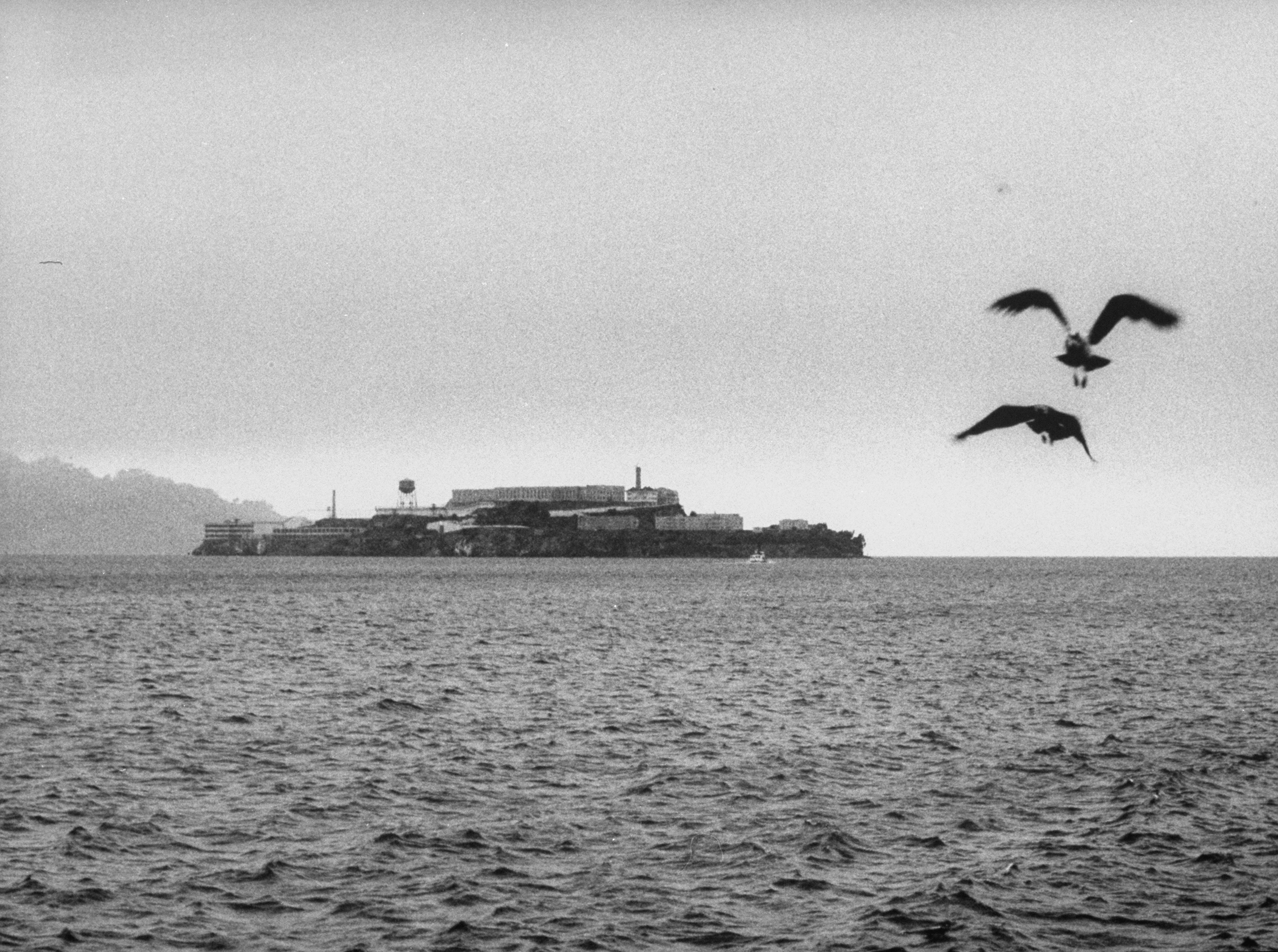
3. The Murders in the Osage Hills: In May of 1921, a badly decomposed body was found in a ravine in northern Oklahoma. The body belonged to Anna Brown, an Osage Native American woman. After a further look at her remains, the undertaker found a bullet hole in the back of her head, but "since Anna had no known enemies," the case went unsolved, like most cases involving Native American people disproportionately and horrifically do.
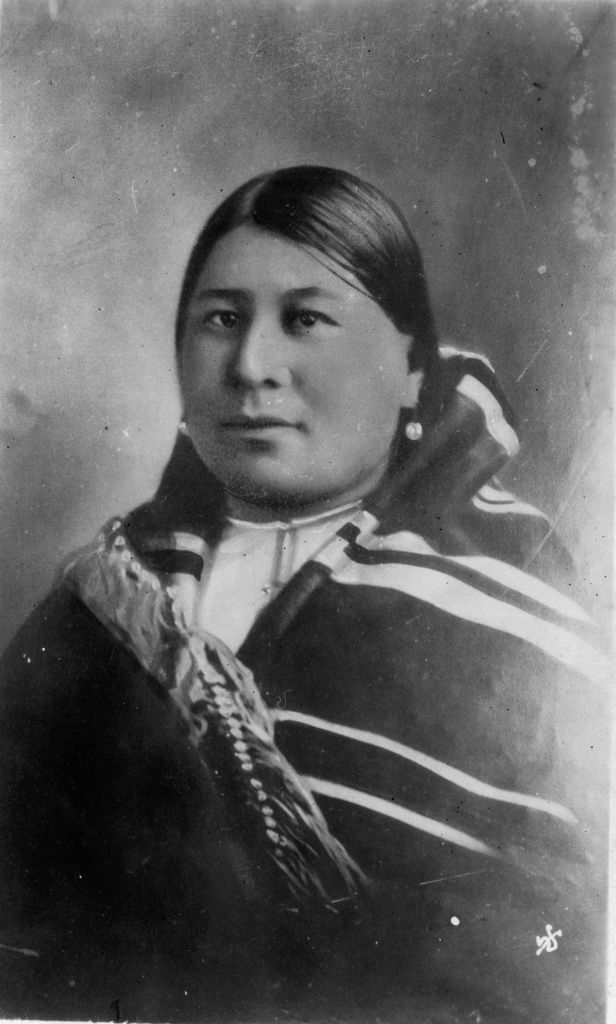
The early suspect was William Hale, nicknamed "King of the Osage Hills," a local cattleman who had lied and stolen his way to wealth and power had something to do with it. It's claimed he grew greedier in the late 1800s when oil was discovered on the Osage Reservation. The Osage became incredibly wealthy overnight and even earned federal royalties from oil sales.
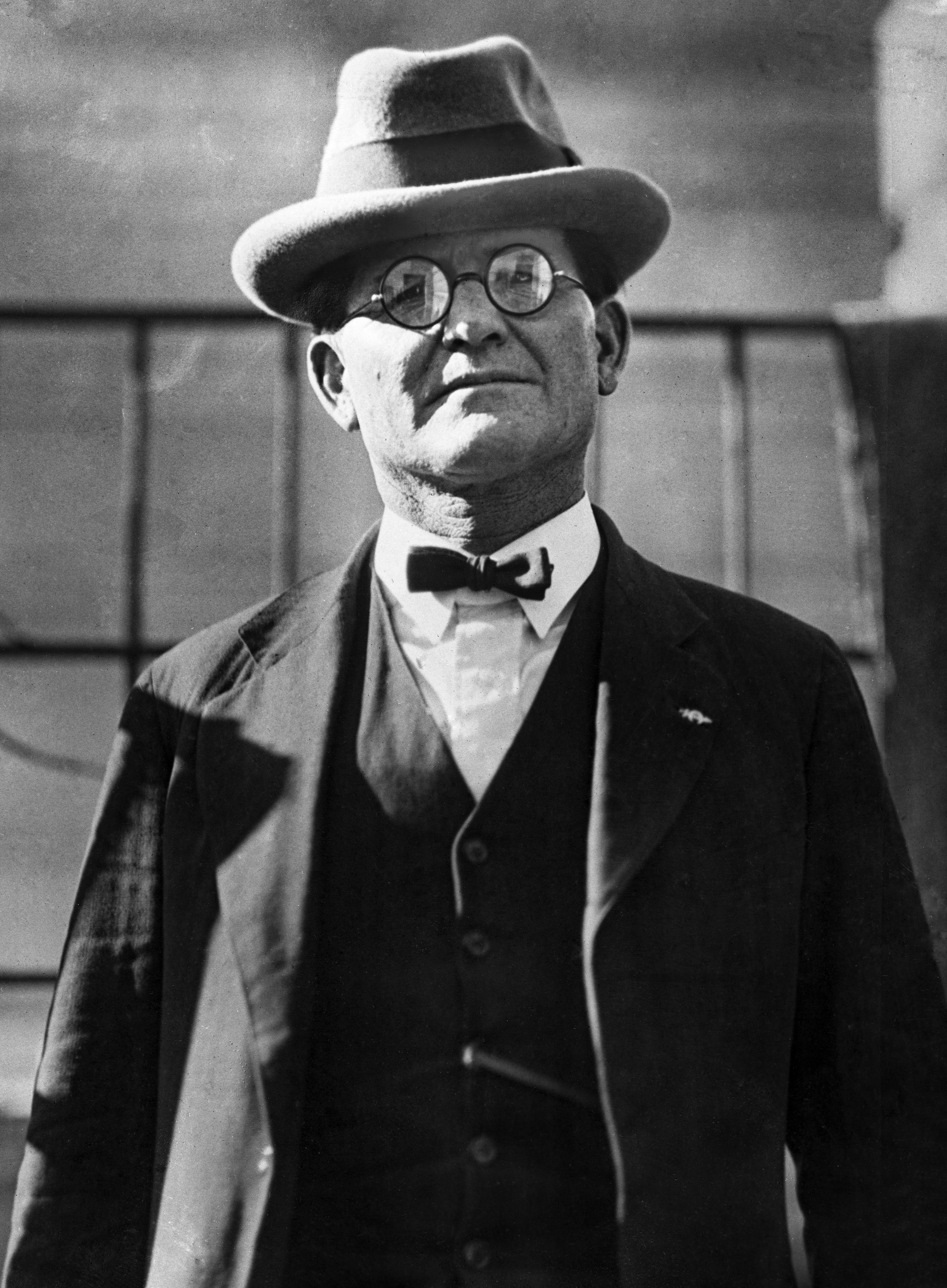
In the end, four of the FBI agents ended up going undercover as a cattle buyer, an insurance salesman, an oil prospector, and a herbal doctor to find some sort of substantial evidence. They ended up "gaining the trust" of the Osage overtime and building a case. Eventually, the nephew talked, and the others confessed right behind him.
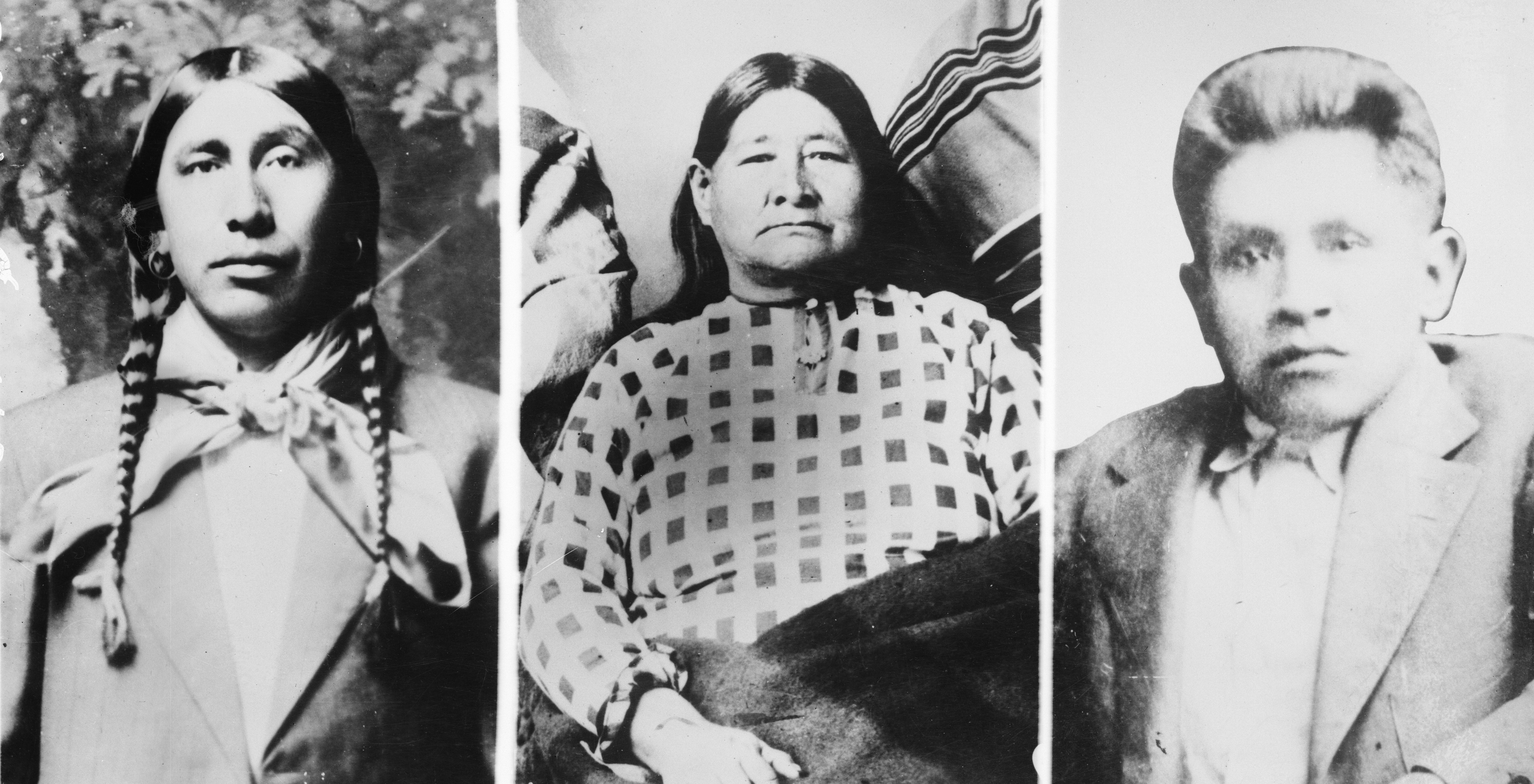
4. The Murder of Elizabeth Short: On the morning of January 15th, 1947, a woman on a walk with her child in Los Angeles happened upon a naked body that was just a few feet away from the sidewalk and posed in such a way that the woman reported to police that she believed it was a mannequin at first. Despite the precise and disturbing cuts and mutilations done to the body (including her being cut in half and cuts made to her mouth that are only comparable to The Joker), there wasn't a drop of blood at the scene.
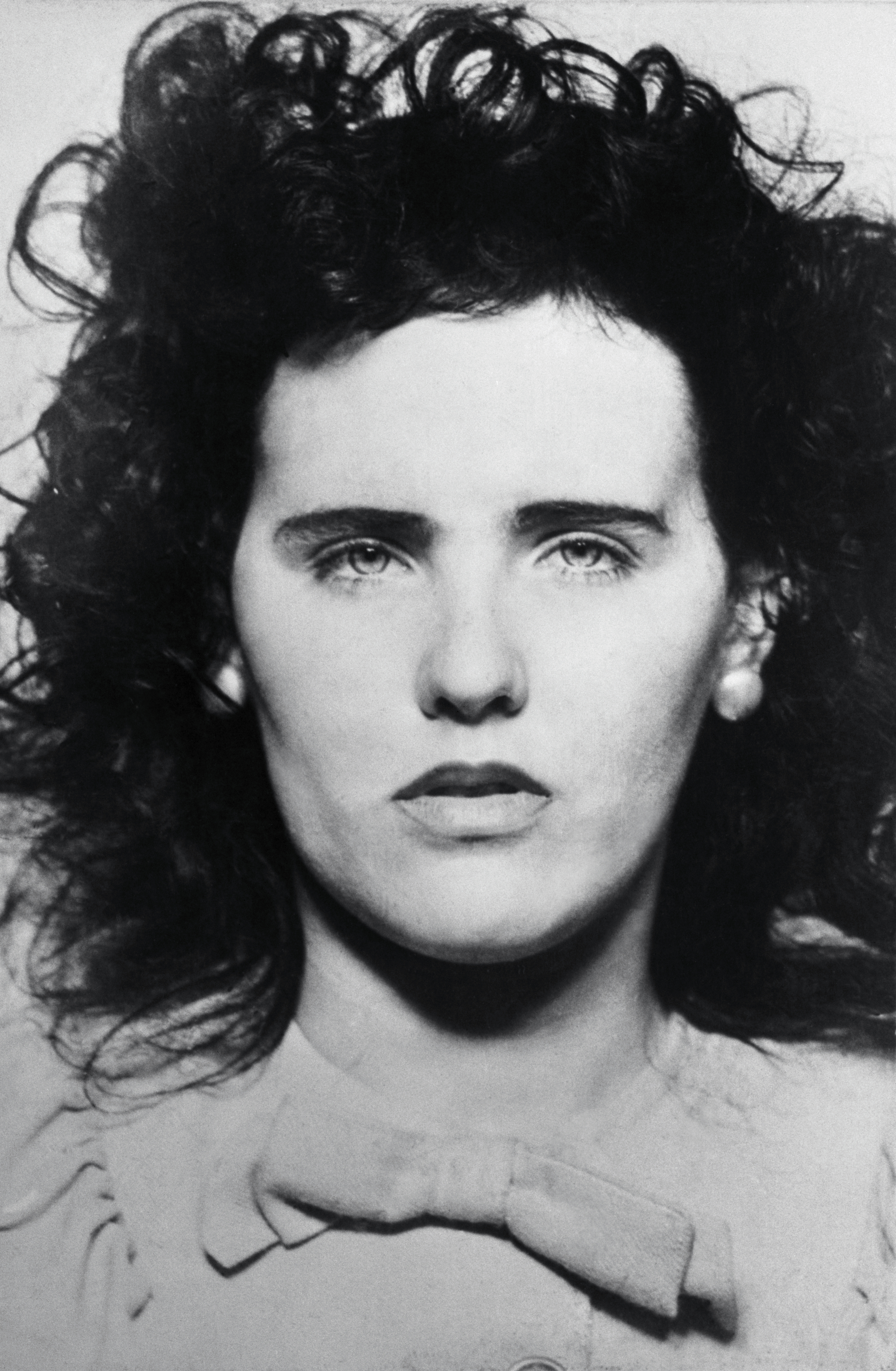
The FBI ran records checks and conducted interviews nationwide to potentially find her killer. They even questioned a batch of students at the University of Southern California Medical School due to the terrifyingly skillful dissection that was done to Elizabeth's body. The FBI was sent an anonymous letter "from the killer" that they tried to take prints from that came up with no match in the database.
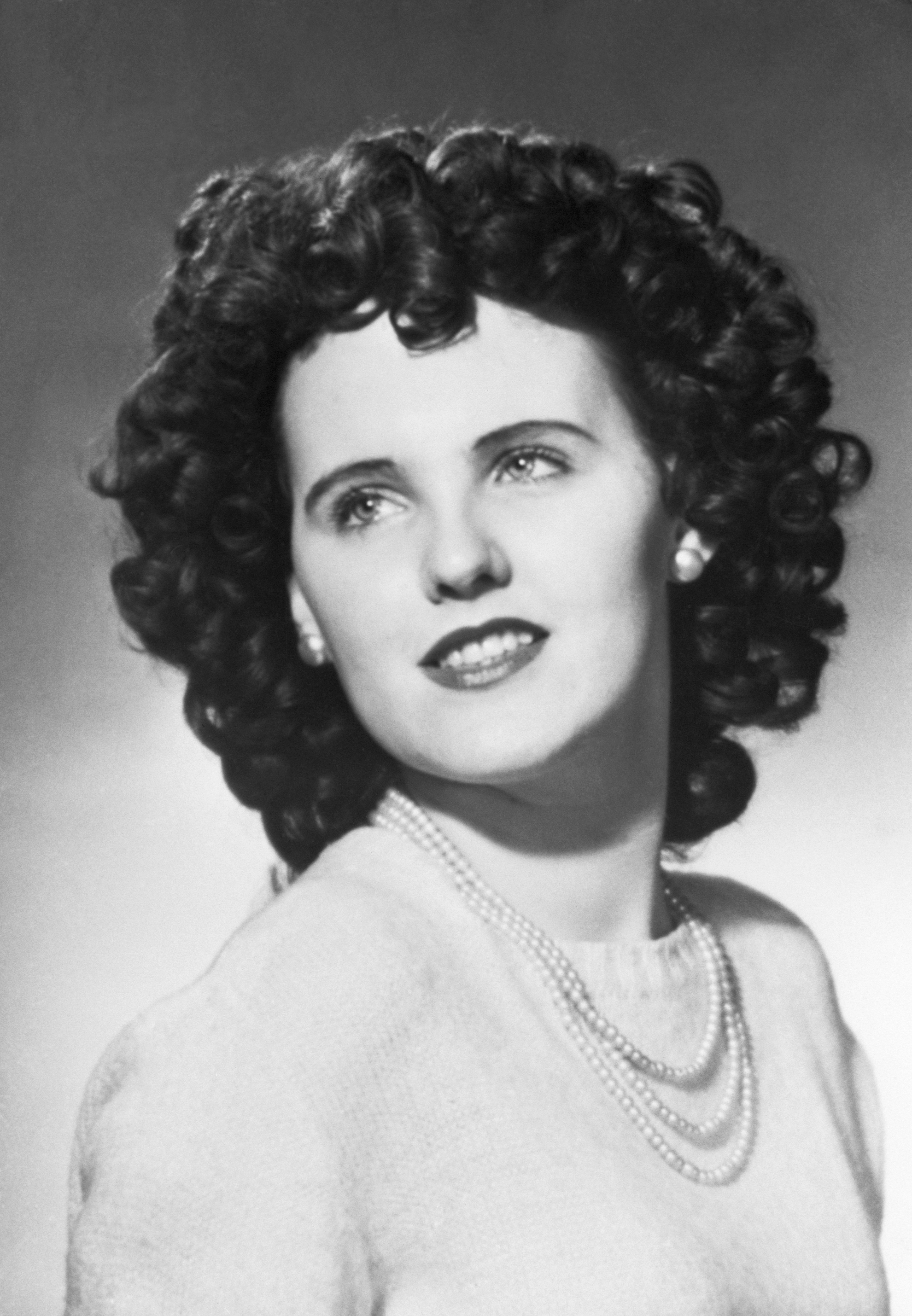
5. The Judge Vance Murder: On December 16th, 1989, Federal Appeals Judge Robert Vance found a small brown package sitting in the kitchen of his family home. When Vance opened it, it exploded, killing him instantly and injuring his wife. Two days later, Atlanta attorney Robert Robinson also received a package that, upon opening, exploded, killing him instantly.
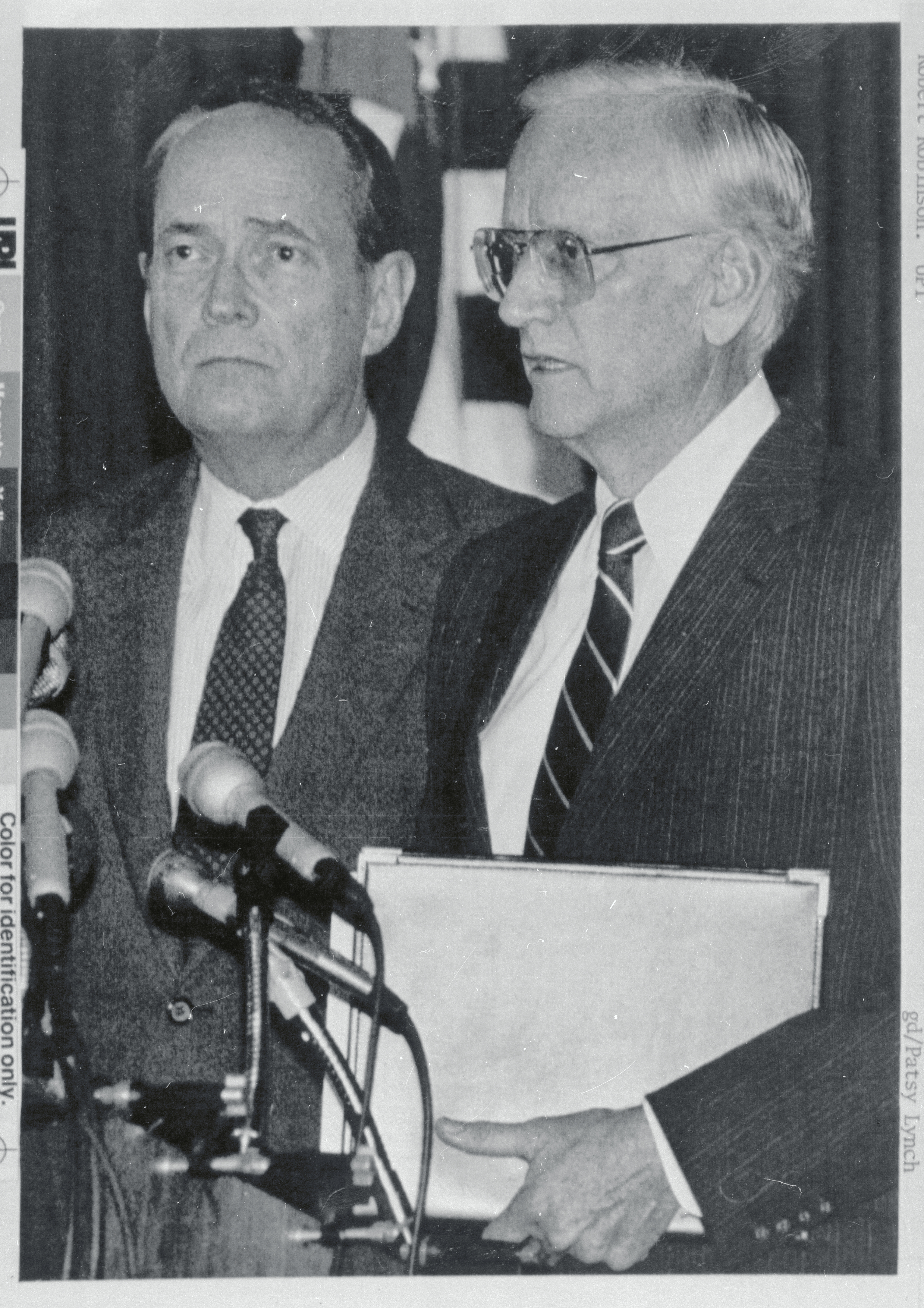
Their break came when an ATF member was contacted by a colleague who had assisted in defusing one of the second-round bombs. He claimed that he believed it resembled one he'd seen 17 years prior, which was built by a man named Walter Leroy Moody. Of course, the FBI put everything into this lead, tracing phone calls, purchases, etc. They finally ended up linking all of the bombs to each other and back to Moody. The courts authorized surveillance of his home, and with Moody's knack for talking to himself, it provided additional evidence.
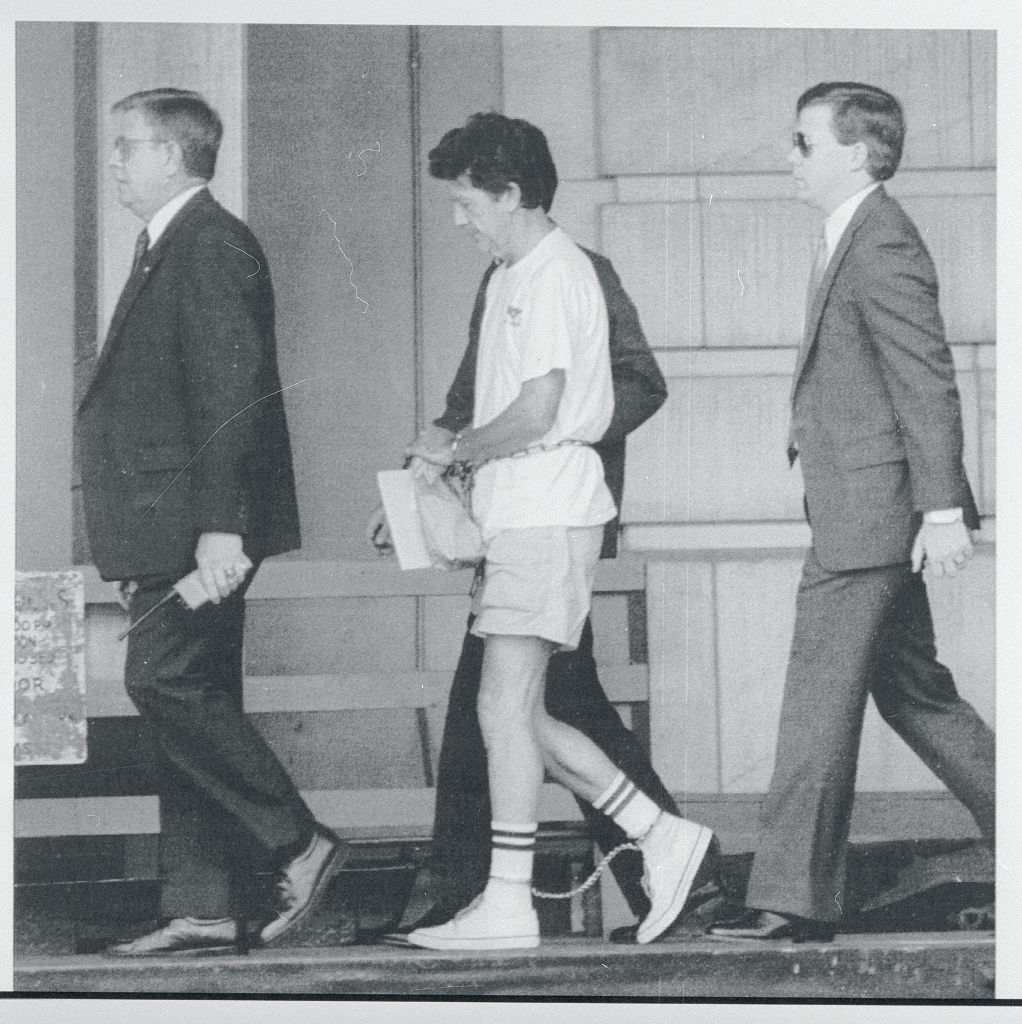
6. The Wall Street Bombing of 1920: On September 16th, 1920, during the middle of the work day on a very busy Wall Street in New York City, a nondescript man driving a cart pulled by a horse stopped in front of the US Assay Office across from the J.P. Morgan building (today known as JPMorgan Chase).
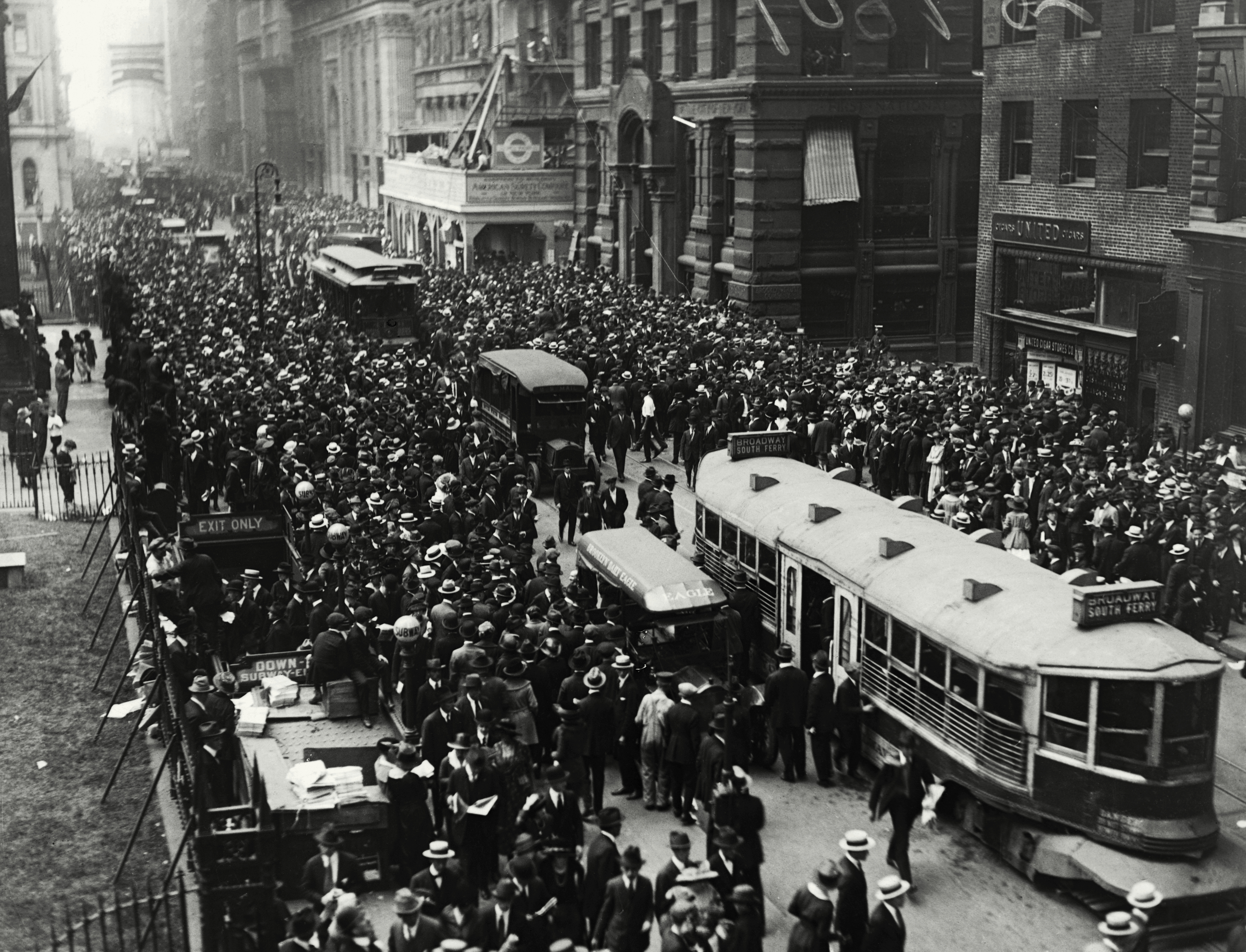
At the beginning, it wasn't completely obvious that this had been a terrorist attack. Cleaning crews for the city cleaned up the explosion overnight, eliminating any evidence from the scene. Literally, by the next day, everyone went back to work on Wall Street, bruised and broken, with tarp covering their exploded windows.

When it comes to leads, prior to the explosion, a letter carrier mentioned finding printed flyers from a group called the "American Anarchist Fighters," who demanded the release of political prisoners. The letters that weren't discovered until "later" were claimed to have been similar to ones found at two other bombings that were instigated by Italian anarchists.

7. The Mississippi Burning: Back in June 1964, it was the start of "Freedom Summer," a huge three-month initiative to register southern Black people to vote (something the KKK often tried to ensure didn't happen). The KKK in Mississippi was planning to go after 24-year-old New Yorker Michael Schwerner. He often organized local boycotts of racist businesses and helped with voter registration. On June 16th, a mob of KKK members attacked a local church meeting looking for him; he wasn't there, so they torched the place and beat the churchgoers.
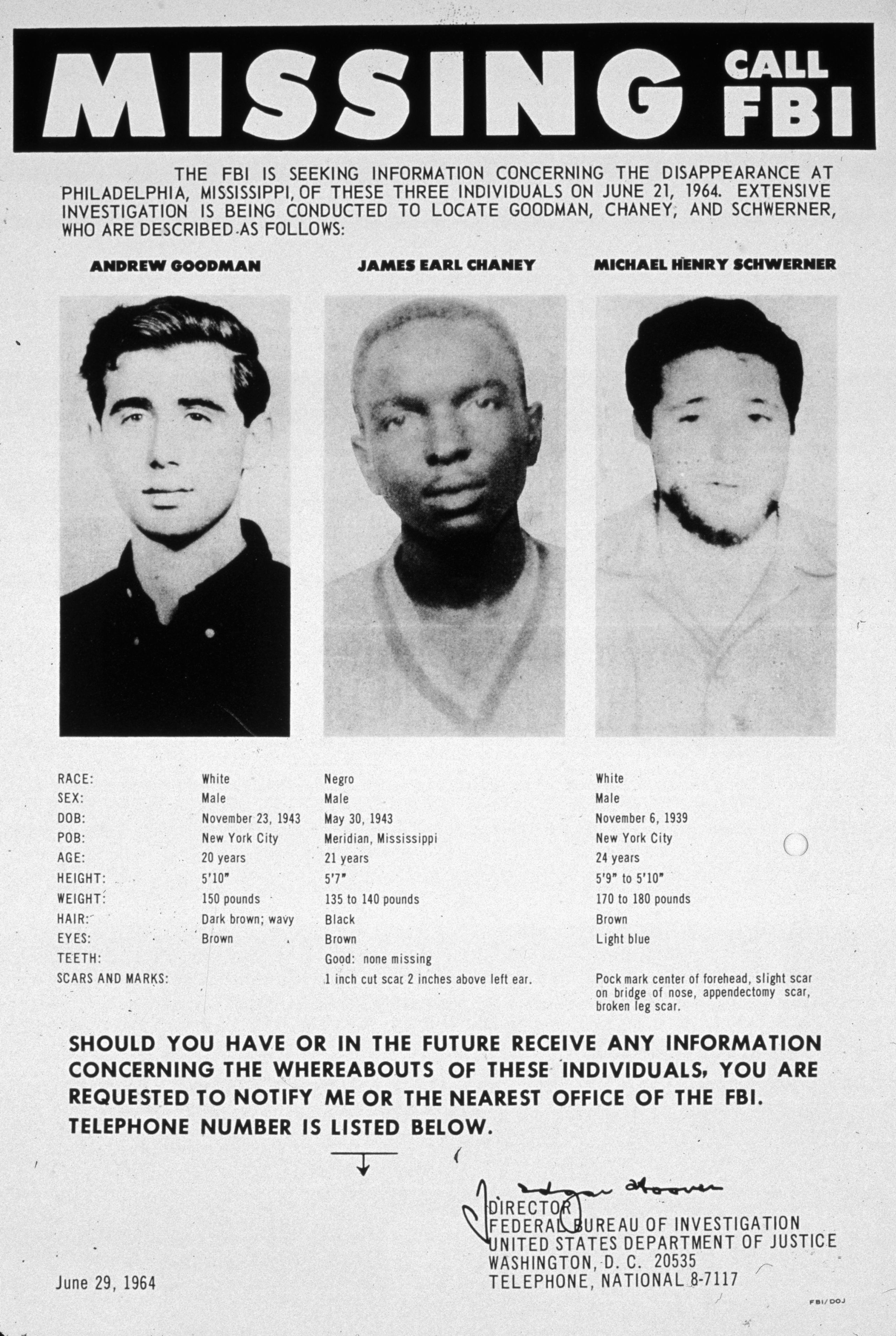
The three civil rights activists were never heard from again after this. In the early morning of June 22nd, the Department of Justice notified the FBI, requesting their involvement in the case, and they boasted that a few hours later, the Attorney General, Robert Kennedy, asked them to lead it. Agents quickly began interviews around the area, and it eventually led them to locate the activists' burned station wagon on June 23rd, but no bodies were found.
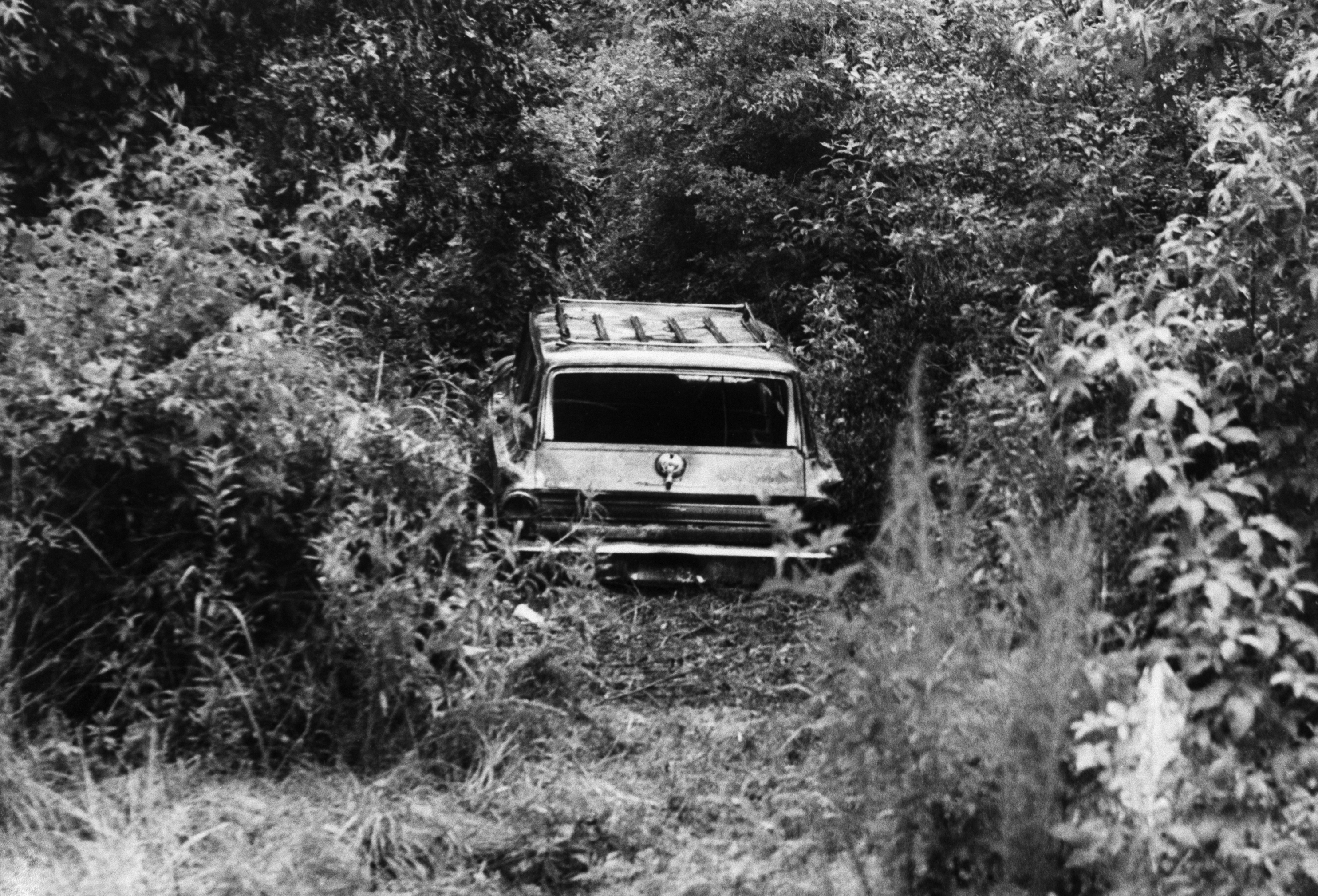
More than a dozen suspects were indicted and arrested, including Deputy Price and his boss, Sheriff Rainey. Naturally, it took until October of 1967 for any sight of the end. Only 7 of the 18 defendants were found guilty, which fortunately included Deputy Price; however, no one was charged with murder.
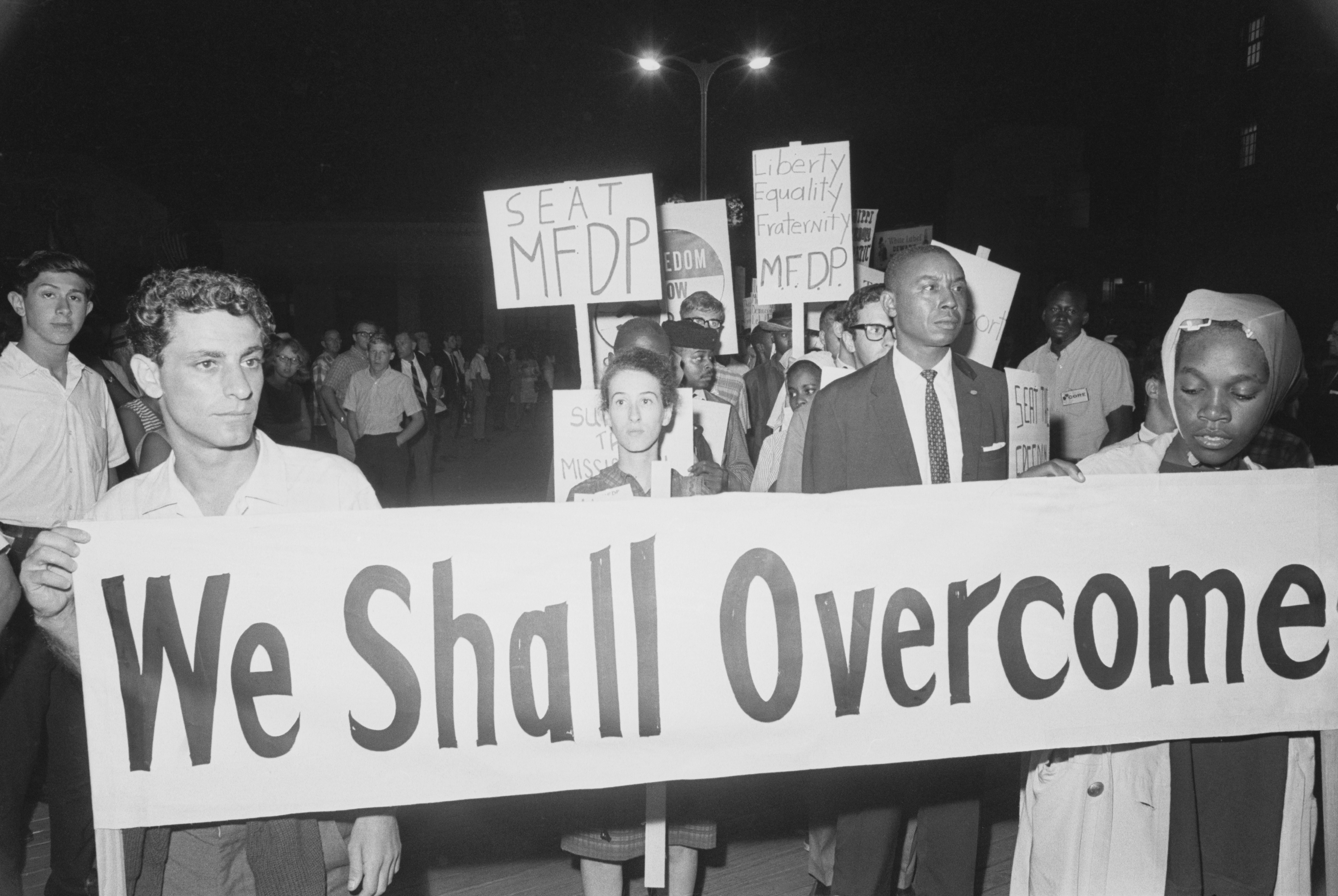
8. The Horrifying Anthrax Attacks: Back in 2001, shortly after the 9/11 terrorist attacks on the World Trade Center and the Pentagon, letters laced with anthrax began popping up in the US mail system. This attack killed five people and exposed many others to the harmful and potentially deadly substance.
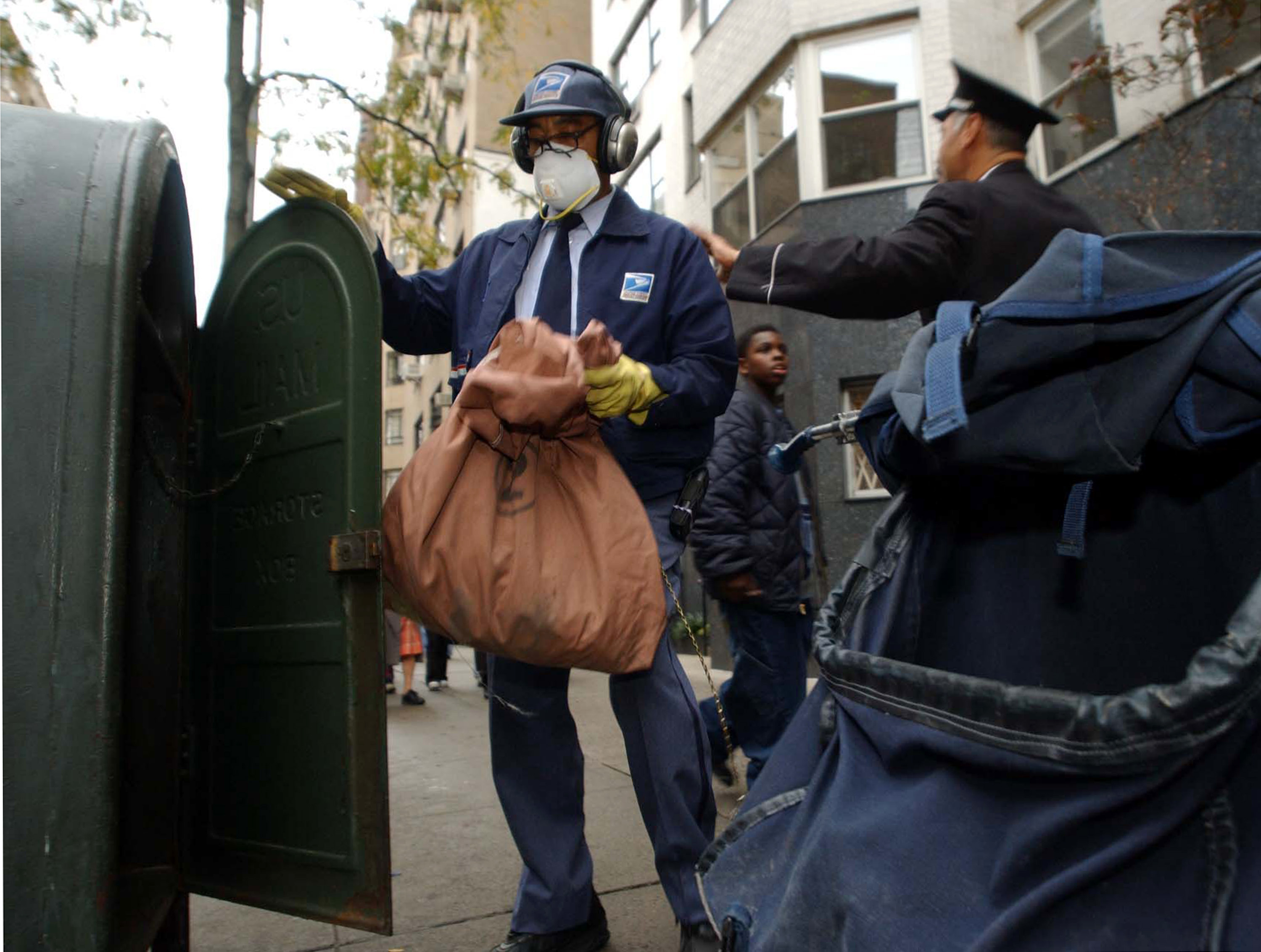
It wasn't until August 2008 when the DoJ and FBI had a "breakthrough" in the case. They randomly released a bunch of documents and information detailing that charges were to be brought against Dr. Bruce Ivins (a senior biodefense researcher at the United States Army Medical Research Institute of Infectious Diseases) for the attacks, but he took his own life before they could file the charges.
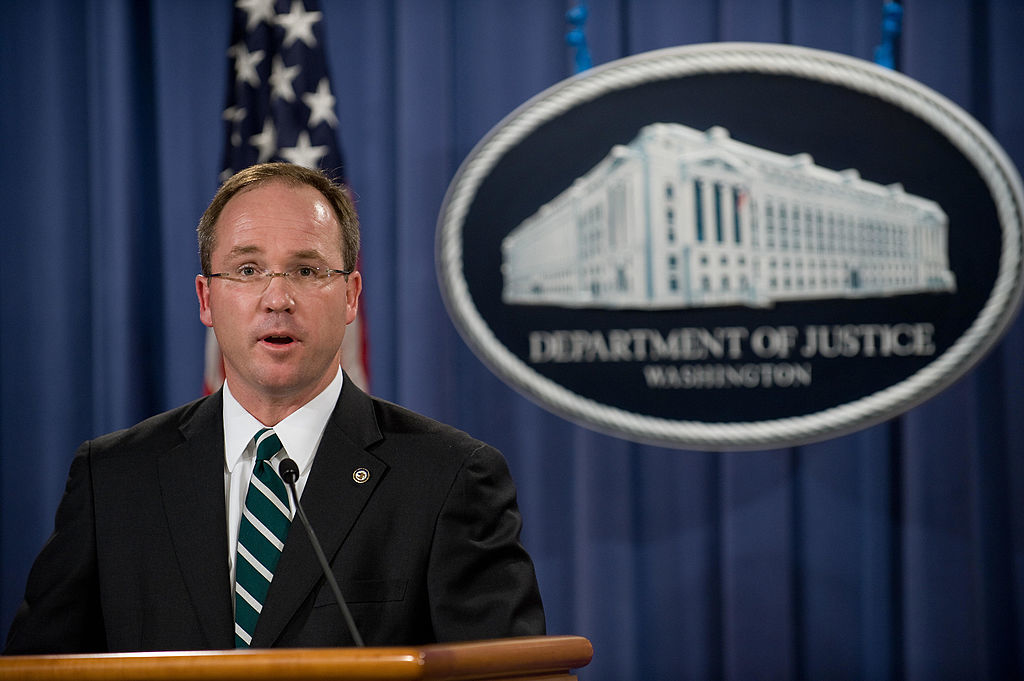
9. The Jonestown Murder/Suicides: Jonestown was a makeshift settlement in Guyana that was led by cult leader Jim Jones and inhabited by him and his followers, known as "the Peoples Temple." The allegations against Jim and what was going on in Jonestown were very disturbing...beatings, forced labor, imprisonments, the use of drugs to control behavior, and many suspicious deaths.

Once there, Congressman Ryan met with Jim and interviewed many of the members. Thankfully, some families and several people asked to leave with the Congressman, while others left on foot on their own. Of course, Jones was livid. Leo Ryan wanted the entire group to fly out together, fearing that anyone left behind would be met with a bad fate. Of course, they needed another plane to safely transport everyone, which resulted in a departure delay.
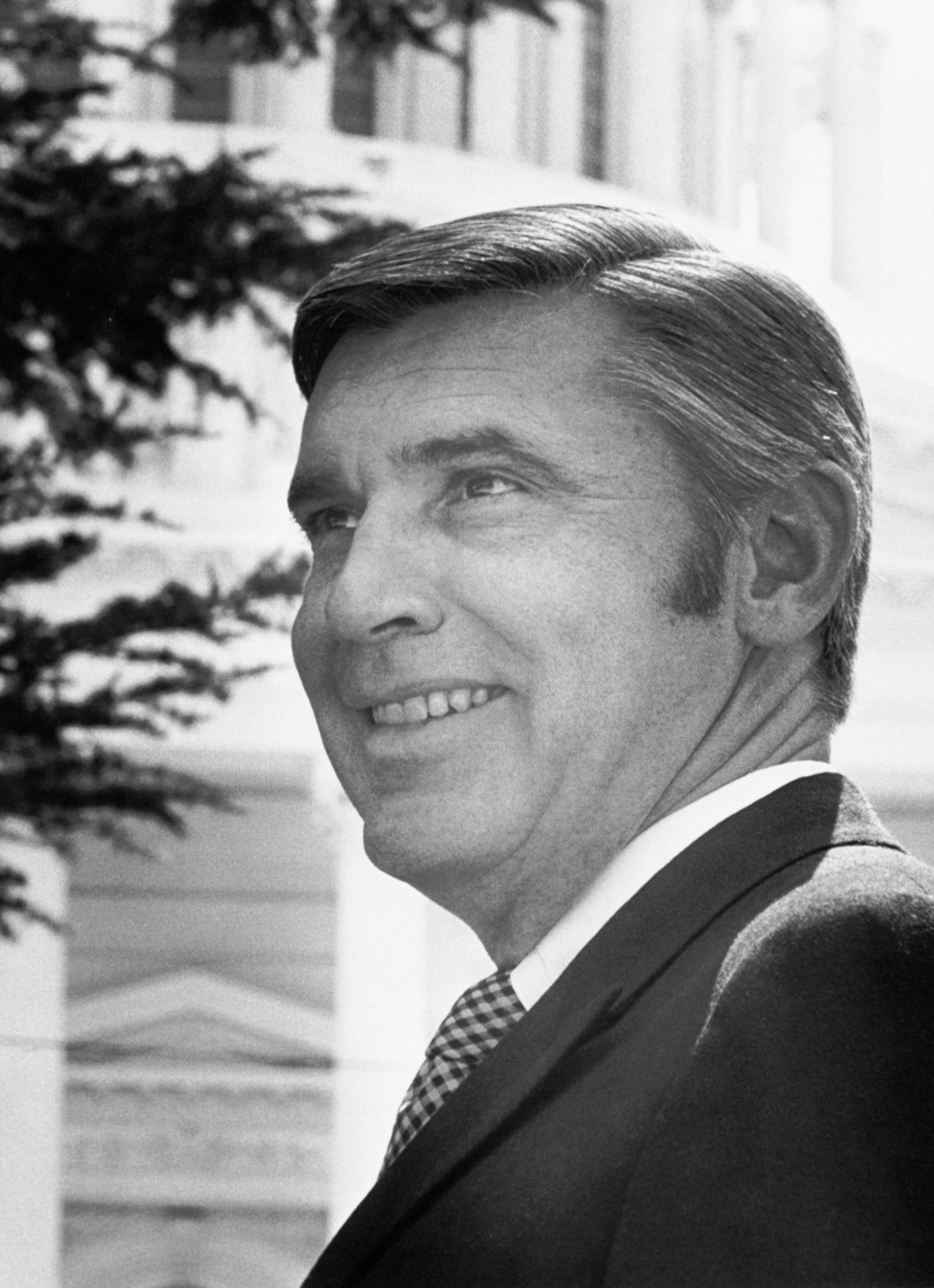
If you didn't think it was already unbelievable, it gets worse. Back at the compound while all of this was happening at the airstrip, Jim Jones was calling all of his followers together and telling them the attack on the planes would bring harm to the people of Jonestown. He told them to ingest a fruit-flavored drink that was laced with cyanide, and the great majority of them did.
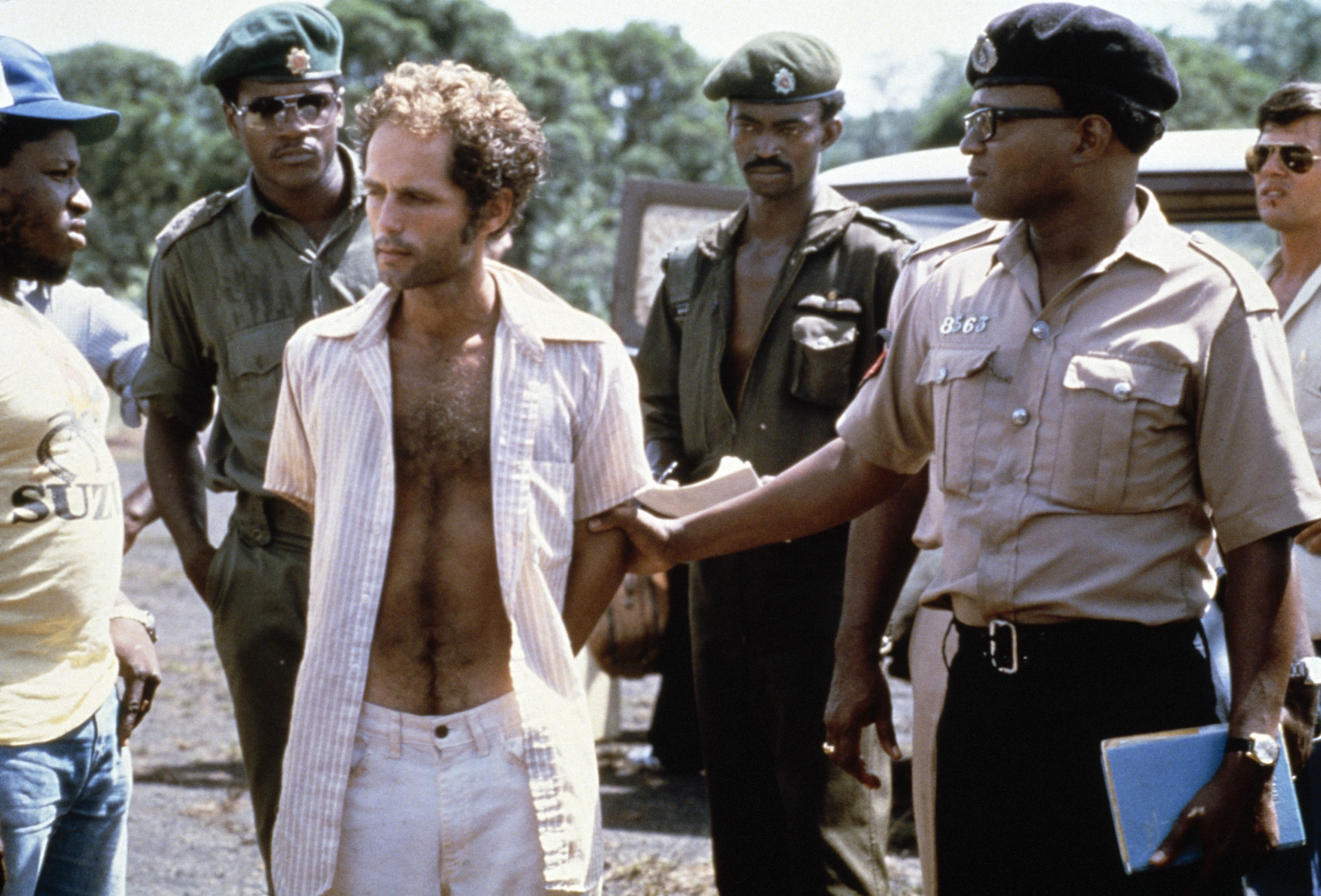
10. The Mysterious Case of D.B. Cooper: On November 24th, 1979, a man claiming to be Dan Cooper used cash to buy a one-way ticket from Portland, Oregon to Seattle, Washington on Northwest Orient Airlines (Flight #305). Cooper is described as a quiet man, mid-40s, and wearing a business suit. They even detail that he ordered a bourbon and soda while the flight was waiting to take off.
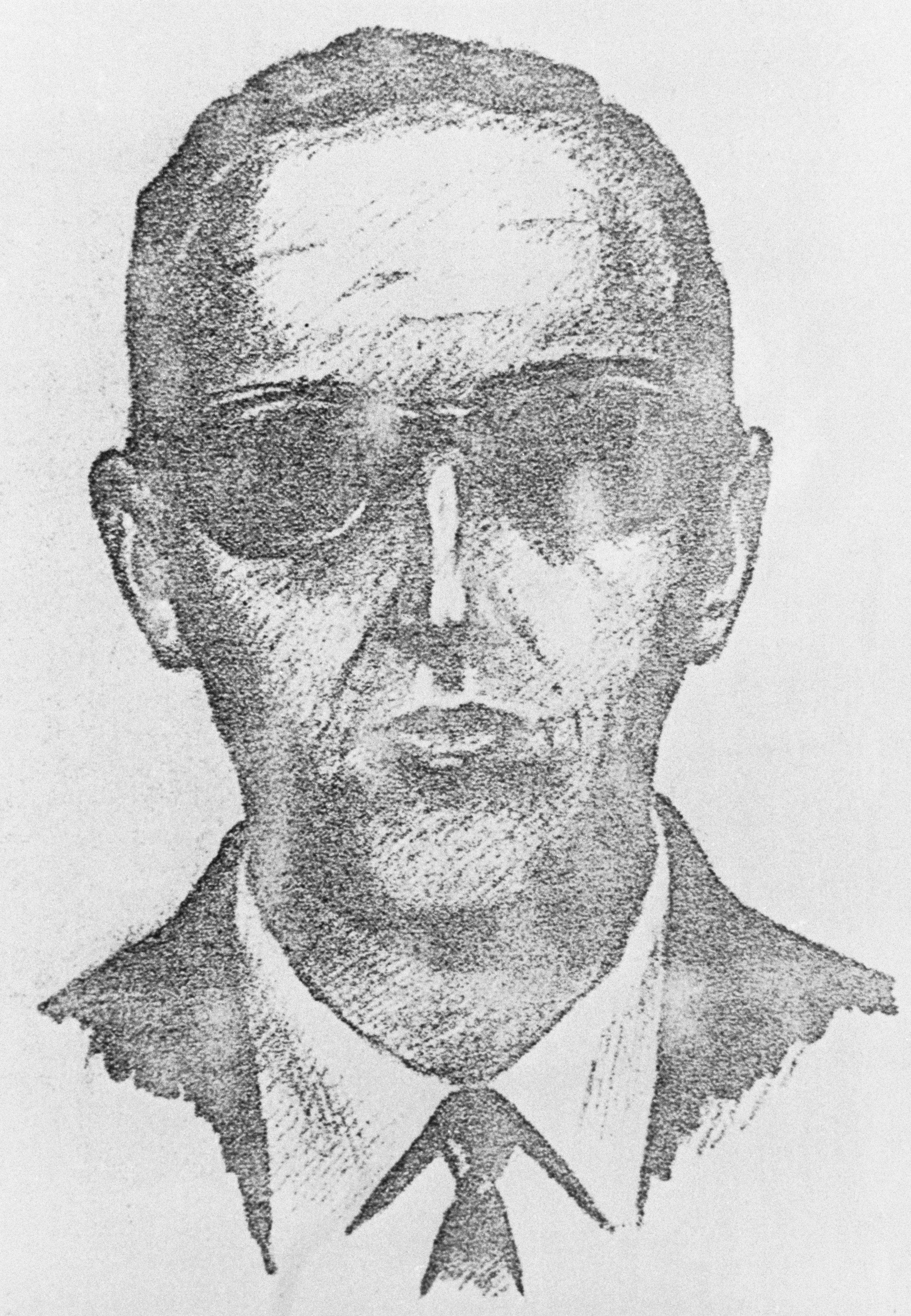
When the plane arrived in Seattle, Cooper traded the 36 passengers on the plane for money and parachutes. He kept several crew members with him, ordering the plane to take him to Mexico City. A little after 8 p.m. somewhere between Seattle and Reno, D.B. Cooper opened the back of the plane and jumped out into the night with the ransom money, a parachute, and a dream. The flight and remaining crew members continued on and safely landed.

They say a "favorite suspect" amongst people is Richard Floyd McCoy, who had performed a similar stunt just months after Cooper but was later ruled out as he didn't match the nearly identical descriptions given to them by two flight attendants and "for other reasons."
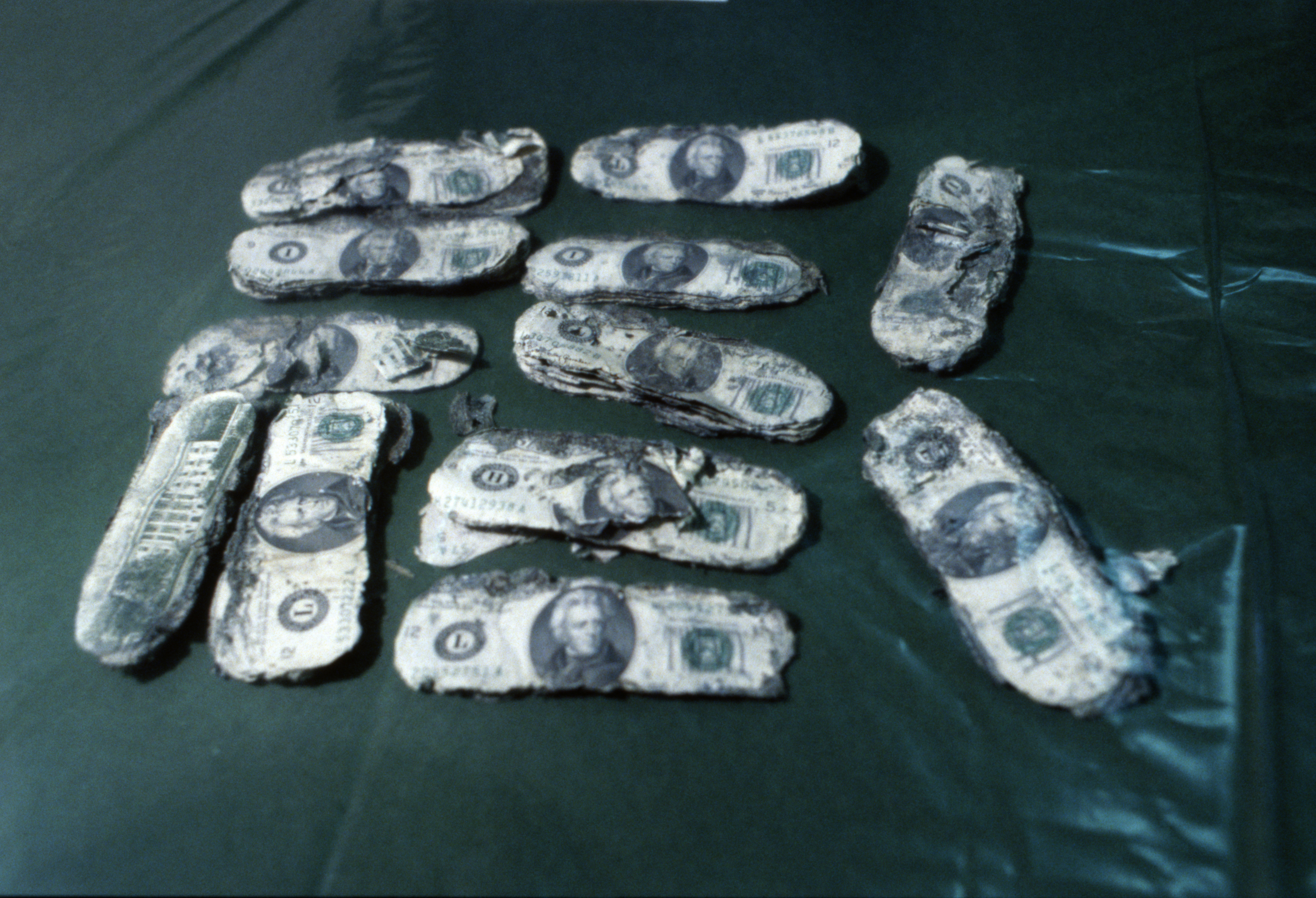
11. The Strange Case of Patty Hearst: On February 4th, 1974, a woman and her fiancé received a knock on their apartment door in Berkeley, California. As they opened the door, in came a group of armed men and women. They grabbed 19-year-old college student Patty Hearst, beat up her fiancé, and threw her in the trunk of a car.
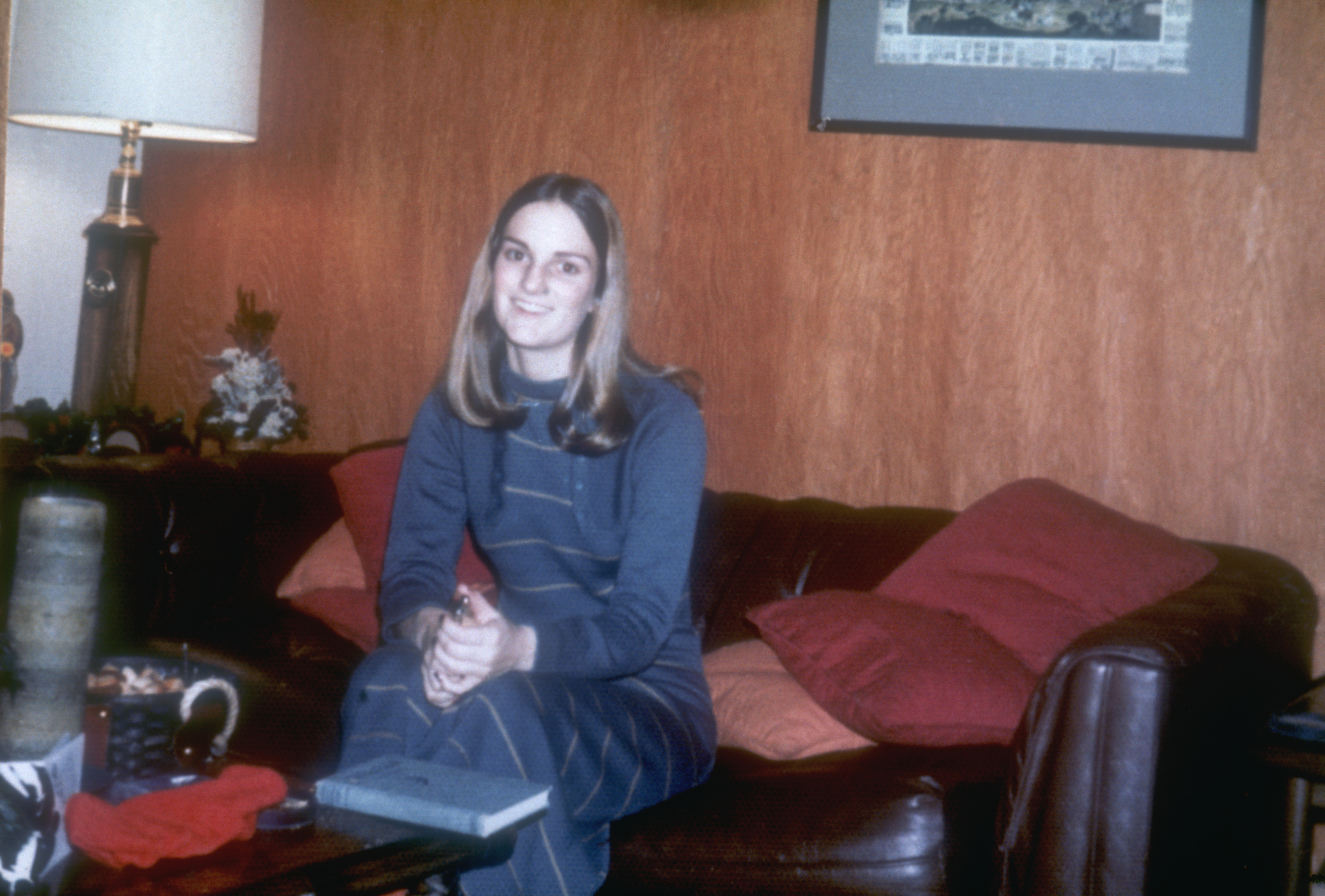
Soon after Patty's disappearance, the SLA began releasing audiotapes demanding food donations that would cost millions, for which they would exchange her. All the while, they had begun abusing and brainwashing her, hoping to eventually turn this high-profile society member into the poster child of their revolution.
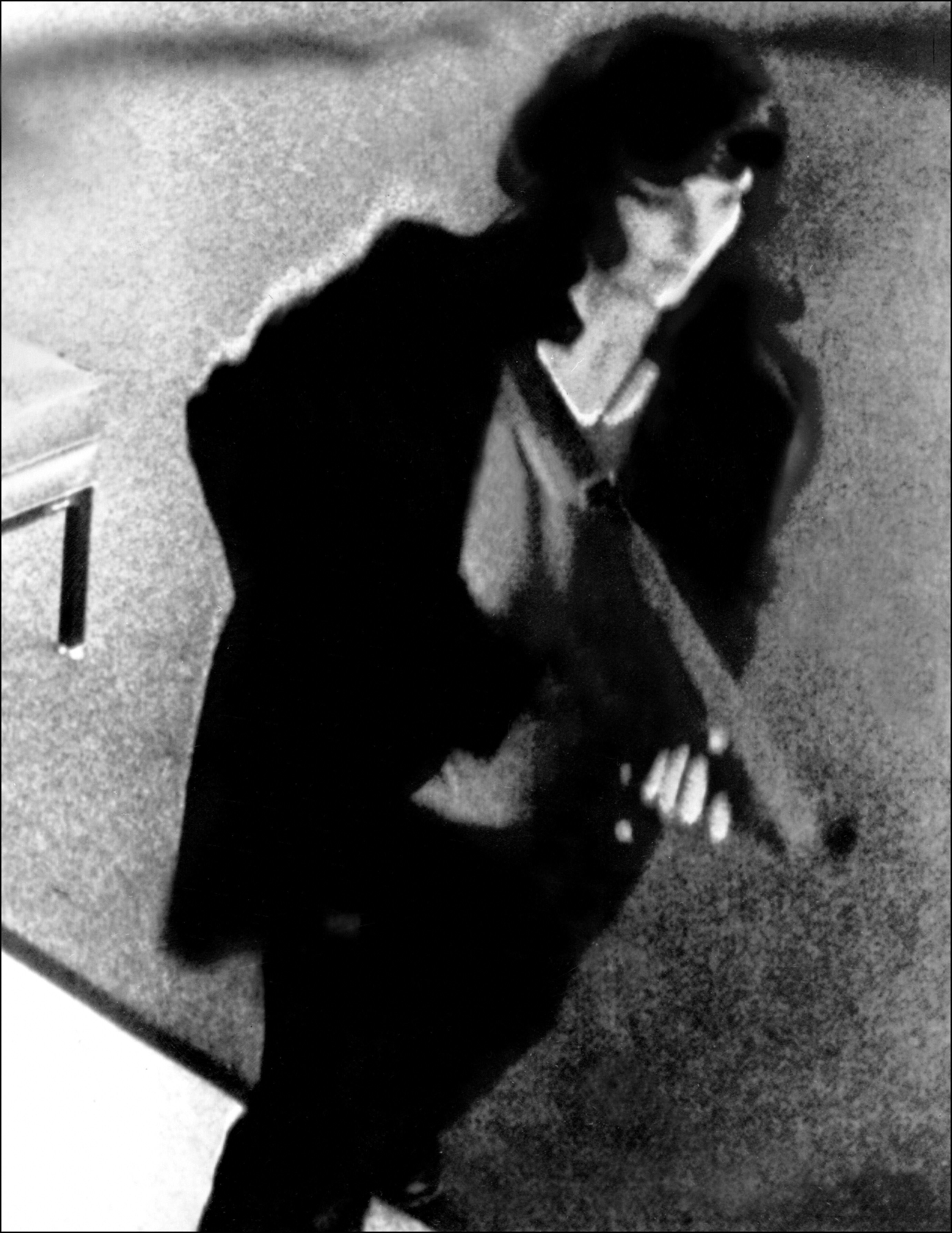
In the meantime, the FBI launched what they call "one of the most massive, agent-intensive searches in its history" to find Patty and the SLA. They worked with many partners, running down thousands of leads. It seemed that the SLA had scared any potential witnesses or informants into silence. They were also using an organized network of safe houses and great operational security. On May 16th, the FBI finally had movement.
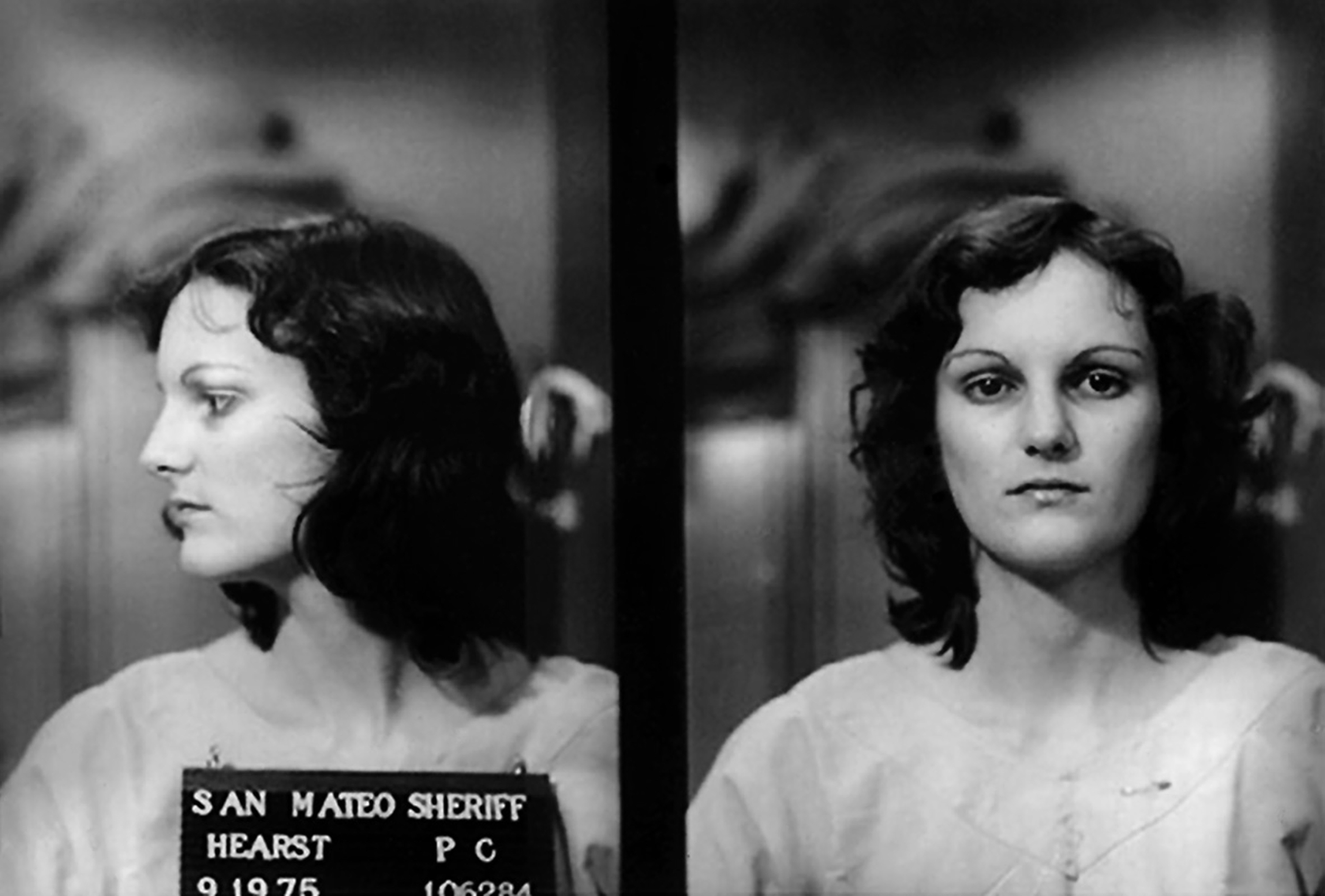
And finally, here's one that, while the case is closed and most of the people were tried for their crimes, I hesitate to ever refer to it as a "win":
12. The Baptist Street Church Bombing: One of the many cases involving disgustingly racist acts, the Baptist Street Church Bombing happened in Birmingham, Alabama, on September 15, 1963. A dynamite bomb exploded in the back stairwell, killing four young Black girls (the FBI never names them in their accounts, but I will: Denise McNair (11), Addie Mae Collins (14), Carole Robertson (14), and Cynthia Wesley (14)) and injuring more than 20 people inside the church. A very clear act of racial hatred.
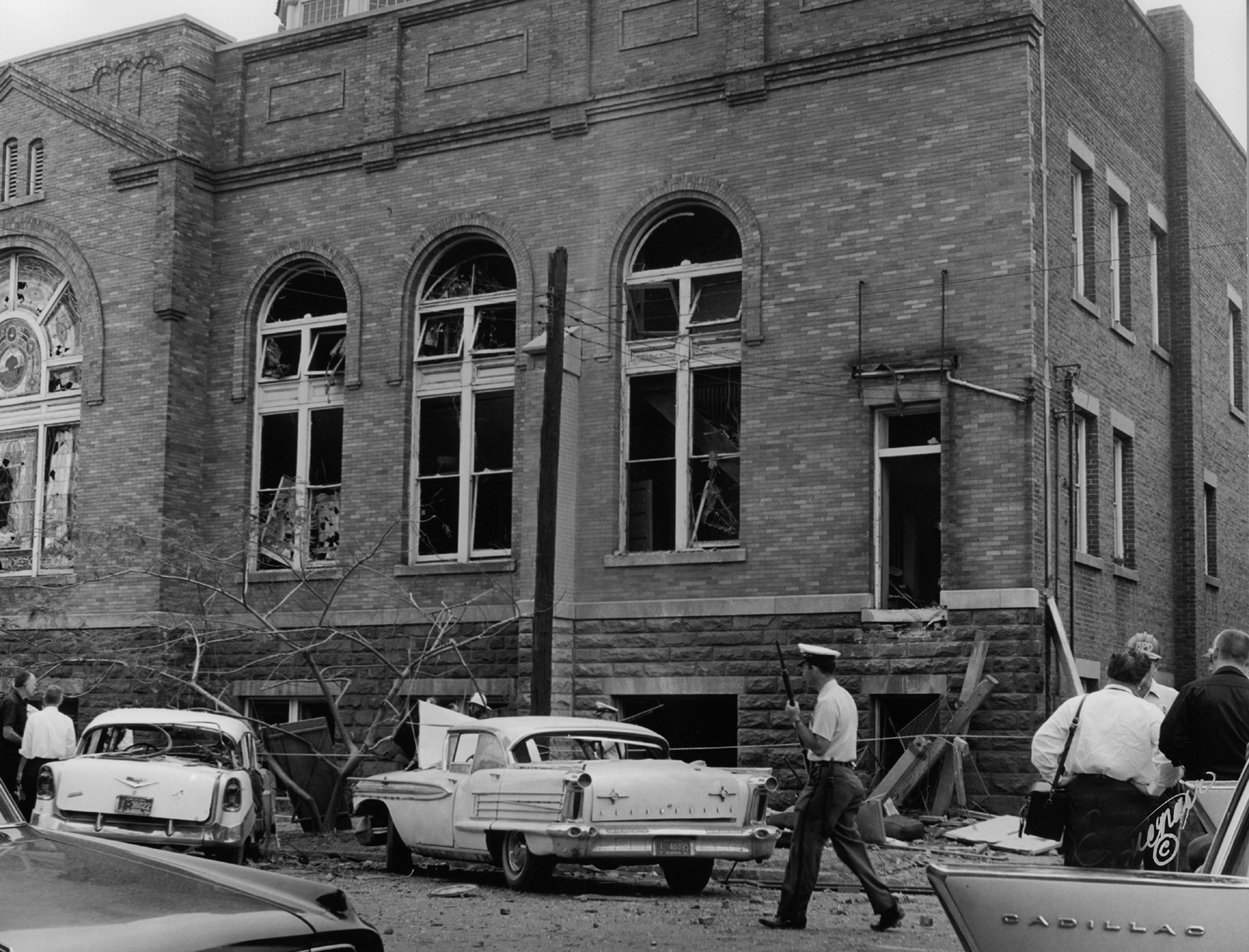
Dozens of agents worked on the case from September into the new year, "as many as 36 at that point." Even with all of those agents on the case, they still didn't have any serious suspects until 1965, and naturally, they were all KKK members. Robert E. Chambliss, Bobby Frank Cherry, Herman Frank Cash, and Thomas E. Blanton, Jr. were the suspects in the crime, and "due to witnesses reluctance to talk and lack of physical evidence," there were no federal charges ever filed against them in the 1960s.
